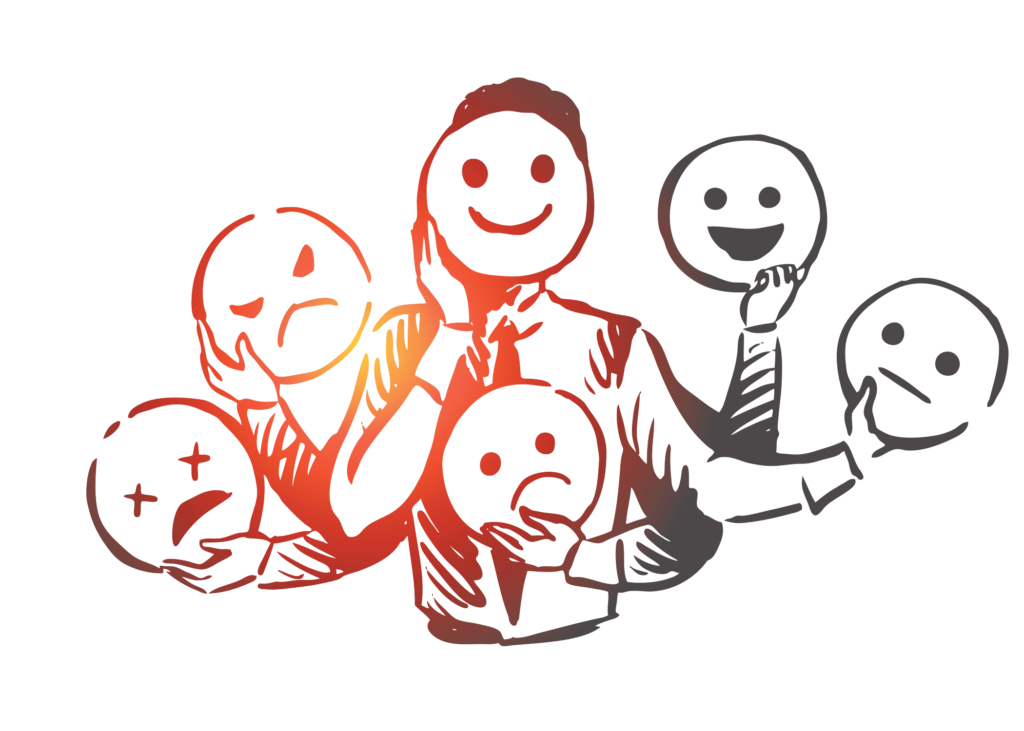
In recent months, many people have been speaking out about social media abuse, with various sports bodies and others taking part in a recent boycott to raise awareness of the issue. But there is another, not unrelated, way in which social media is having a negative impact on people’s wellbeing, with California State University estimating that 10% of Americans have a social media addiction.
A lot has been written about the link between social media and the neurotransmitter dopamine, which plays a role in most addictions, with Sean Parker the founding president of Facebook admitting in 2017 that the ‘like’ button was explicitly designed to engineer a dopamine hit.
Dopamine is often erroneously seen as a ‘pleasure chemical’ because we experience surges of it when engaged in enjoyable activities but it is also has more prosaic functions, such as keeping us motivated and regulating our movement. According to Psychology Today it is ‘linked to everything interesting about metabolism, evolution, and the brain.’
We are evolutionarily hardwired to seek out activities which cause spikes in dopamine. And, in a world of scarcity, this was a sound tactic. Today, however, we live in a world with an effectively unlimited supply of dopamine-spiking foods and activities, such as sugar, drugs and social media, available on demand.
And, by continually providing users with little hits, social media platforms make it very difficult for someone to pull themselves away. As Tristan Harris points out in the Netflix documentary The Social Dilemma, there are only two groups of people who describe their customers as ‘users’: social media executives and drug dealers.
But our proclivity for social media is not purely about pleasure. Evolutionary psychology has thrown up several other explanations, which help explain why we find these platforms so addictive. As Chris Paley explains in his book Beyond Bad humans are a social species and, for most of our history, we have lived in small groups. We have evolved to use signals to indicate our allegiance to our group and, concurrently, our opposition to other groups. People who went against their in-group were liable to be killed or excluded and were therefore far less likely to pass on their genes.
These instincts have survived into the modern day and were apparent long before social media, through our fashion choices, football teams, taste in music and countless other appendages we add to our personality to send out signals to the rest of our tribe. In most cases, we are completely unaware we are doing this, believing instead that our penchant for garage music and fast cars is an indelible part of who we are. But it’s very rare to find someone whose tastes and interests are entirely different from those of their friends.
As a tribal species, it is hardly surprising that we have been drawn to social media, a platform that allows us to send out in-group signals to hundreds of people at once. From using a hashtag, to putting an emblem in our profile picture, these platforms provide countless ways to tell others who we are and who we aren’t.
In a sense, these platforms have allowed us to become a truer version of ourselves. At school for instance, a child with a niche interest shared by no one else in the class, may keep it to herself. But online you can always find your tribe. For instance, a Facebook group for people who like to pretend they are ants in an ant colony has over 100,000 members.
In another sense, of course, these platforms entirely distort who we are and lead us to behave in ways we simply wouldn’t in real life. And once again, evolutionary psychology plays a key role.
To give one example, Paley makes a convincing case for the evolutionary pulls behind our enthusiasm for criticising the government. He explains that for the vast majority of our evolutionary history, humans have lived in small groups. Criticising a leadership figure has therefore historically been a high risk activity, carrying with it the risk of expulsion from the group and quite often death. However, precisely because it was seen as a risky activity, criticising the leader was also a way to display bravery, which is an attractive quality for potential mates. By taking such a risk, our ancestors would simultaneously gain kudos and put themselves in the firing line.